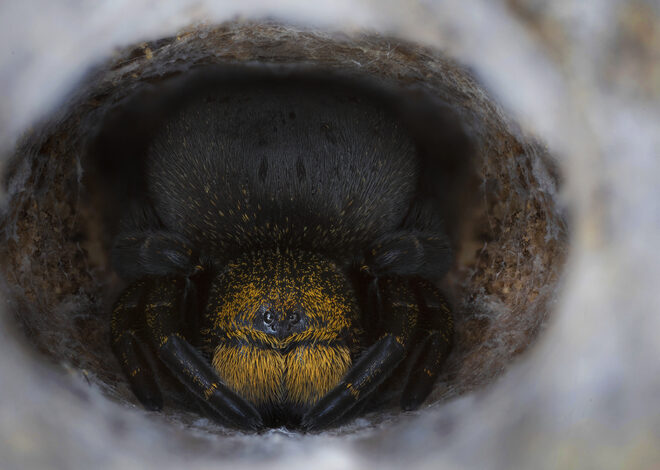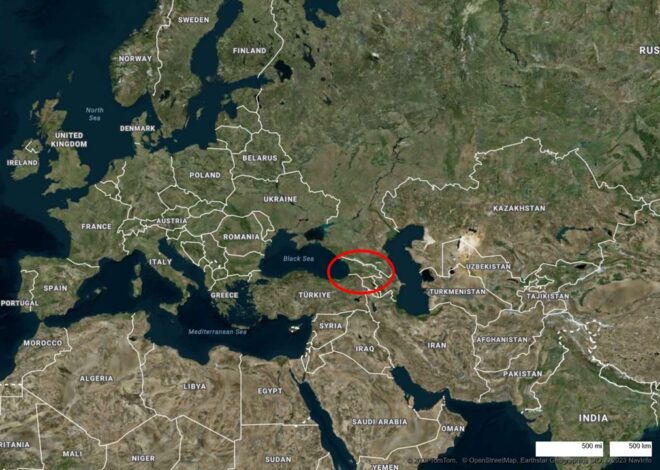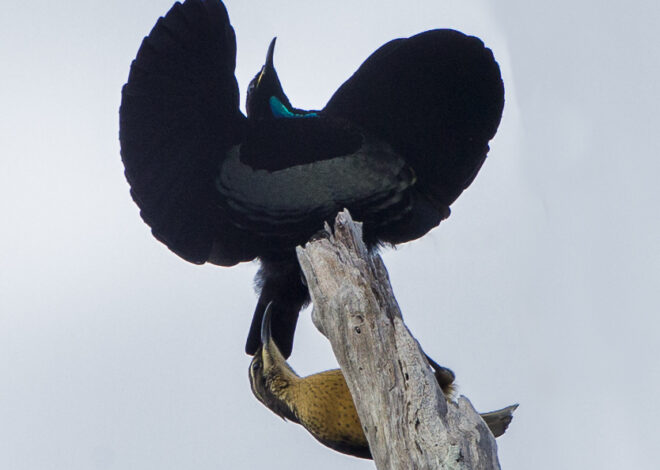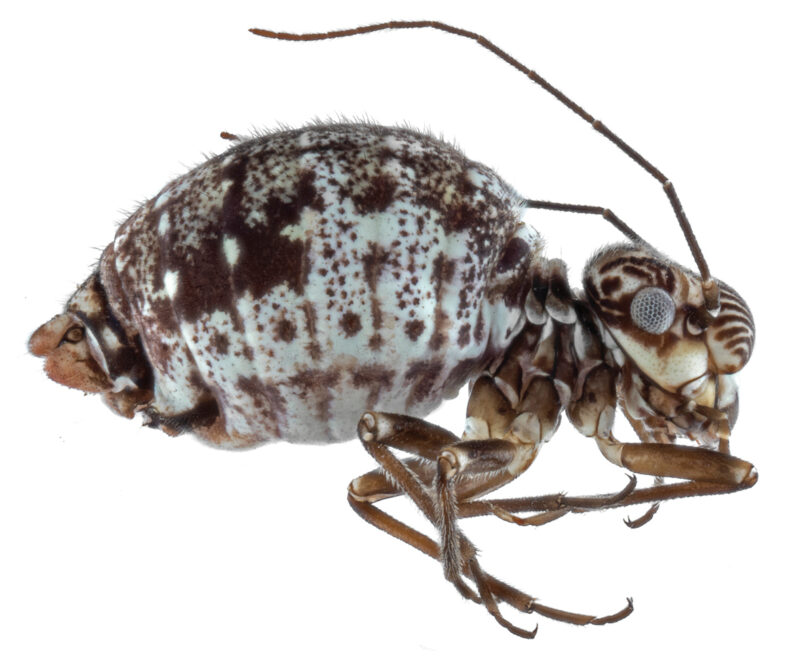
Lice that don’t bite
Psocoptera, known as the booklice and barklice, is an order of hemimetabolous insects having approximately 6000 described species worldwide, often regarded as the most primitive “bugs” alive today. Despite being the closest relatives to the well-known bloodsucking true lice, barklice are not parasites, instead, they are free-living, generally herbivorous or detritivorous insects, feeding on organic debris and microflora. They come in a great variety of shapes and sizes: there are species with fully developed wings (although within these species, short-winged forms are known to be found, while Reticulopsocus besucheti Lienhard, 2005 even resembles beetles), others have winged males and apterous (wingless) females or even vice-versa (Embidopsocus enderleini). Regarding breeding, these invertebrates are known to reproduce through sexual and asexual reproduction (parthenogenesis), with the latest one coming in the form of obligate and facultative, and probably being one of the main reasons for several species in a new population’s establishment and becoming cosmopolitan.
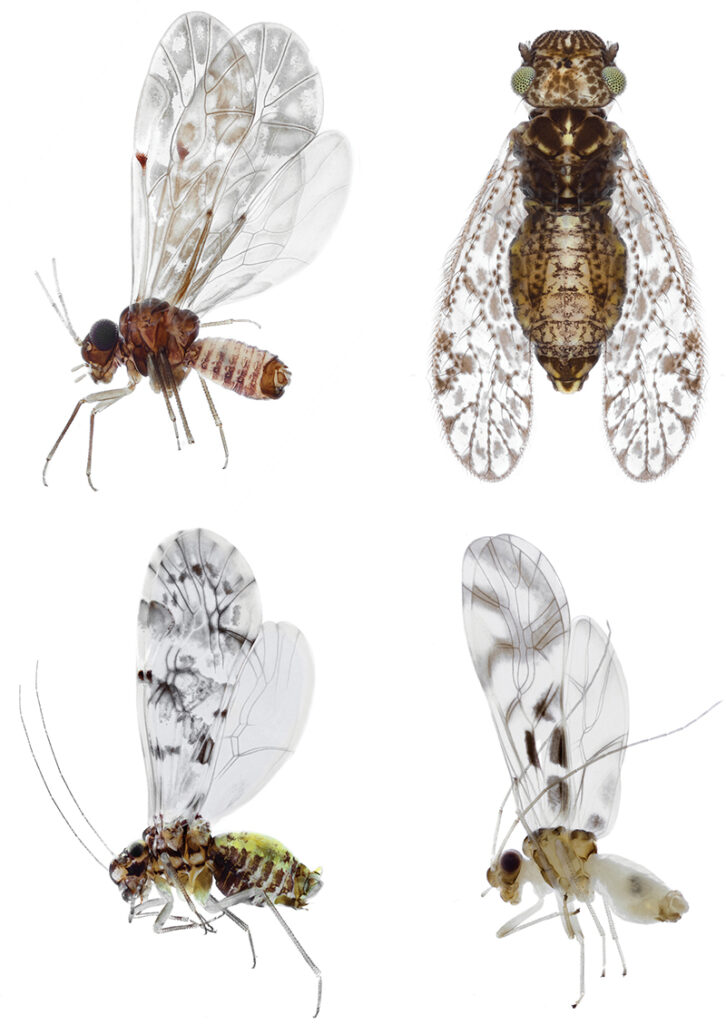
While most of them are bark- or leaf-dwellers found outdoors, there are domiciliary species exhibiting excellent dispersal powers and readily spread by humans worldwide. For some species, this makes it difficult to reconstruct the original distribution or distinguish between native and introduced ones.
The first, and for a long period the only attempt to assess the species richness of the psocid fauna of Georgia, was made in the 50-60-s of the XX century by Lidia Danka, who documented 16 species from the botanical gardens of Batumi and Sokhumi, from where Aaroniella badonneli (Danka, 1950) was described. Recently, this number has been greatly replenished by researchers from Ilia State University and also citizen scientists, who managed to uncover a greater hidden diversity during the Caucasus Barcode of Life project (https://ggbc.eu/), recording an additional 32 species, with some never before observed in the Caucasus. Additionally, at least 14 species are still expected to be found in Georgia.
https://doi.org/10.3897/zookeys.1168.103666
https://doi.org/10.3897/caucasiana.3.e116995

